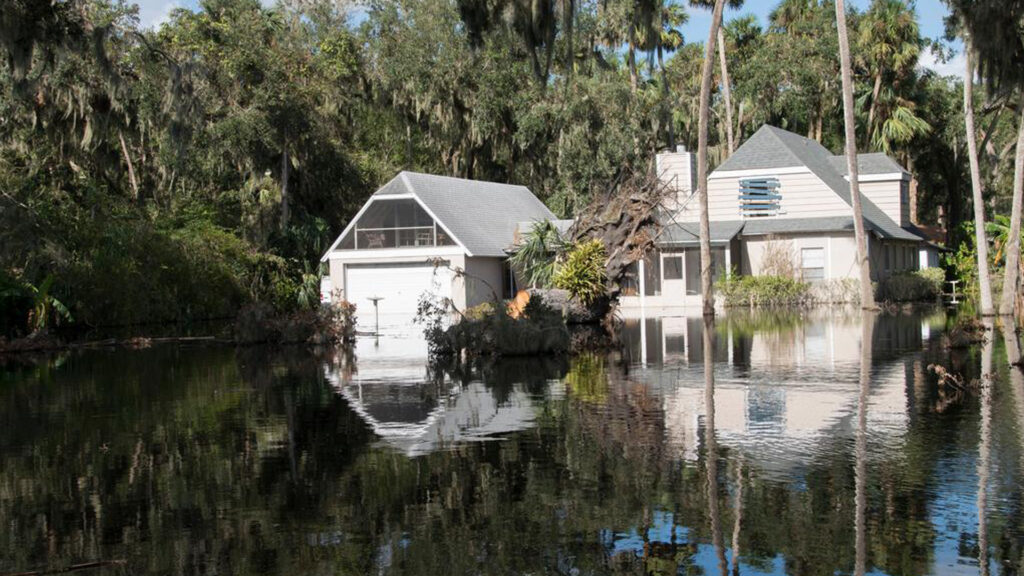By Roderick Scott, Flood Mitigation Industry Association
Sea-level rise and more intense rainfall are increasing the risk of flooding, resulting in crushing insurance rates. Millions of properties are at risk – including about 600,000 in Florida alone – unless new funding is dedicated to retrofitting these buildings.

I am a flood hazard mitigation consultant, with more than 30 years of contracting experience and 17 years working on mitigation projects involving elevation, relocation and dry floodproofing. My experience includes rebuilding hundreds of flood-damaged buildings, a lot of them historic, followed by the elevation of about 1,500 homes and other structures to keep them from flooding.
I have the honor of serving as the first board chair of the relatively new Flood Mitigation Industry Association, a 501(c)(3) nonprofit organization. My experience has shown me that flooding impacts lower-income property owners and renters the most, including residents who are the backbone of the workforce in a tourism-based economy like that of Florida.
New buildings are not the major concern. The highest insurance rates are being charged on older buildings that are vulnerable to flooding, called pre-Flood Insurance Rate Map (pre-FIRM) buildings. These buildings were built before the first flood maps were created by the National Flood Insurance Program, generally before the 1970s.
The flood mitigation and banking industries estimate there are 3 million to 4 million older pre-FIRM properties in flood zones. The banks have told us they believe the value of these properties is $1.5 trillion and our industry estimates a $600 billion cost for retrofits such as elevating and floodproofing these properties.
The National Flood Insurance Program is raising the rates on these buildings at 18% per year until the rates reach actuarial soundness. In 10-15 years, the rates will be unaffordable and devalue these properties unless something is done.
Did you know that there are around 600,000 of these properties in Florida’s flood zones? Imagine a 40% devaluation in asset value in a state that is totally dependent on property taxes for schools and government operations.
But we have a solution to reducing flood risk and flood insurance rates. Flood hazard mitigation projects such as elevation and wet/dry floodproofing are proven methods of reducing flood risk, while preserving property values and property tax revenues.
These projects provide good jobs to the design professional community as well as contractors and all of the construction trades. We can’t simply buy these property owners all out with tax dollars, nor can we continue to have these buildings flood every time an area floods.

The issue now is, how do we finance this massive retrofitting effort? It really resembles the development of the space program, when we had to create a whole new workforce to get us to the moon.
The same needs to happen here. These projects are not inexpensive, nor are they easy to do. The banks are limited to loaning us only up to 80% of the property value.
What we need is a low-interest, long-term loan program outside of the mortgage, so that property owners can afford the projects and pay it off over 20-30 years. We are working on developing such a plan now.
The adaptation of these properties is critical to our economy, so we need to get this done.
Roderick Scott, CFM, is board chair of the Flood Mitigation Industry Association (http://www.floodmitigationindustry.org).
If you are interested in submitting an opinion piece to The Invading Sea, email Editor Nathan Crabbe at ncrabbe@fau.edu. Sign up for The Invading Sea newsletter by visiting here.




Good morning,
Great information! Is there any way for us to tell which homes and buildings are going to be impacted (a map in particular would be helpful)? I checked out your website, but didn’t see where this information was stored (I may have missed it).
Thanks for raising this issue!
Betsy